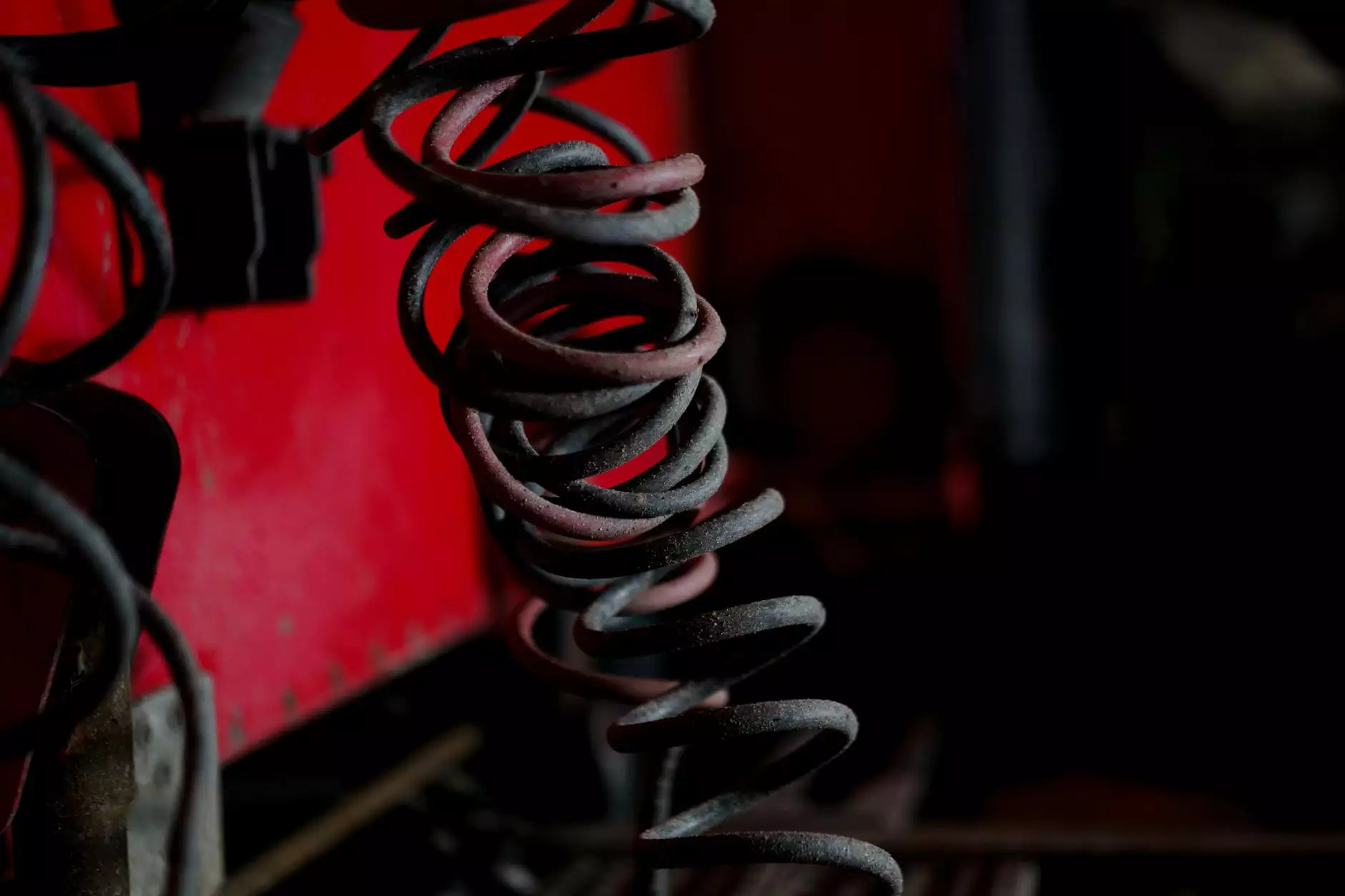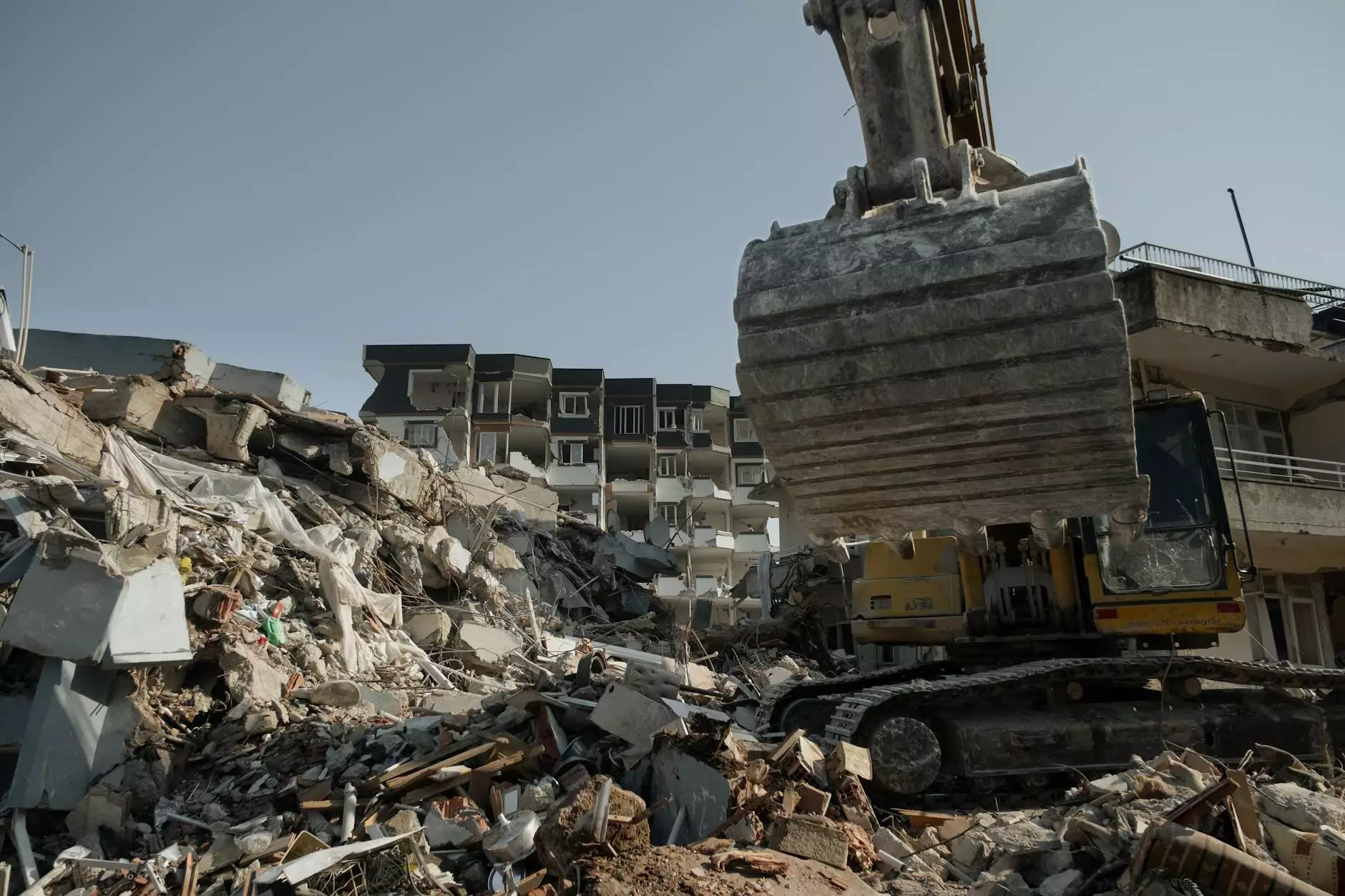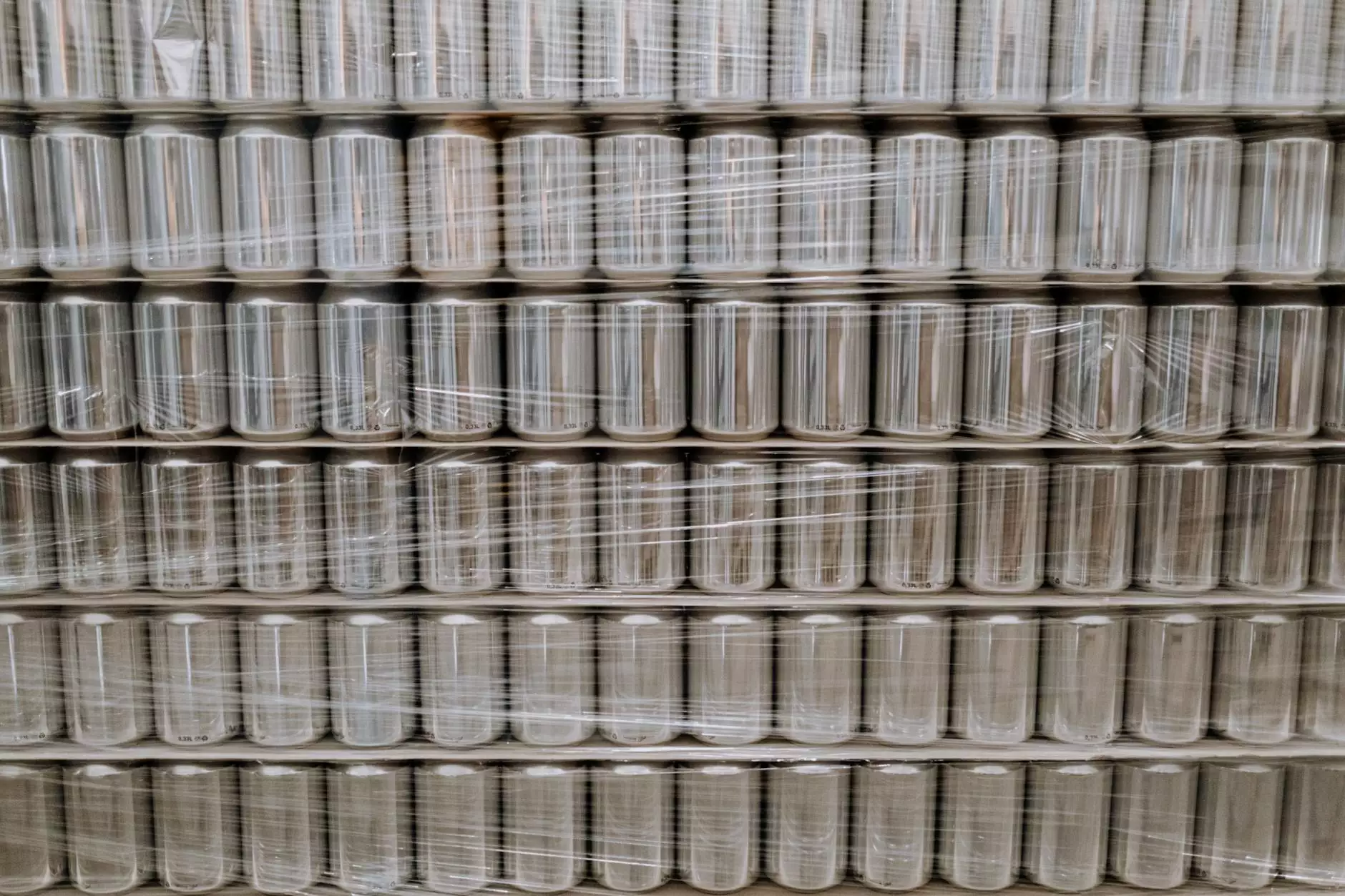The Ultimate Guide to Kitchen Sink Repair

The kitchen is often the heart of the home. It's where meals are prepared, conversations unfold, and family memories are made. A functioning kitchen sink is vital for maintaining the rhythm of this central space. However, problems can arise over time, leading to the need for kitchen sink repair. In this comprehensive guide, we will go over everything you need to know to fix common issues and ensure your sink remains in top condition.
Understanding Common Kitchen Sink Problems
Before diving into the various repair methods, it's important to identify the common problems that can occur with kitchen sinks:
- Leaking - Often caused by worn-out seals, loose fittings, or corrosion.
- Clogs - Food debris, grease, and other materials can accumulate, causing water to drain slowly or not at all.
- Low Water Pressure - This can be due to mineral buildup in the faucet aerator or issues with the water supply lines.
- Cracked Sink - Can be caused by impact damage or the natural wear and tear of materials.
- Strange Noises - Such as banging or gurgling, usually indicate plumbing issues either in the drain or water supply lines.
Essential Tools and Materials for Kitchen Sink Repair
Before attempting any repairs, it's crucial to gather the right tools and materials:
- Plumber's Wrench - Essential for loosening and tightening pipe fittings.
- Plunger - An effective tool for clearing clogs.
- Pipe Cleaners - Helpful for clearing out debris from clogged pipes.
- Bucket - For capturing water when working on leaks.
- Teflon Tape - Used for sealing threaded joints to prevent leaks.
- Caulking Gun - For sealing gaps and cracks around the sink.
- Replacement Parts - Such as washers, seals, and even new faucets if necessary.
Step-by-Step Guide for Kitchen Sink Repair
Repairing a Leaky Faucet
If you notice water dripping from your faucet, follow these steps:
- Turn Off the Water Supply - Locate the shut-off valves under the sink.
- Remove the Faucet Handle - Use a screwdriver to take off the handle and expose the inner workings.
- Inspect and Replace Washers - Check washers and O-rings for wear, and replace them as needed.
- Reassemble the Faucet - Once everything is replaced, put the faucet back together and turn the water supply back on.
Unclogging the Kitchen Sink
Clogs can be a major nuisance. Here’s how to effectively unclog your sink:
- Use a Plunger - Ensure there’s enough water in the sink to cover the plunger cup. Create a firm seal and plunge vigorously.
- Try Baking Soda and Vinegar - Pour a cup of baking soda followed by a cup of vinegar down the drain. Wait for a few minutes and then flush with hot water.
- Check the P-Trap - Place a bucket under the sink, unscrew the P-trap, and remove it to clear any debris inside.
- Use a Drain Snake - If the blockage persists, a drain snake can reach deeper into the pipes to remove tough clogs.
Fixing Low Water Pressure
Low water pressure can hinder your kitchen experience. To address this issue:
- Check the Faucet Aerator - Unscrew the aerator at the tip of the faucet and clean it. Mineral deposits can restrict flow.
- Inspect Supply Lines - Ensure that there are no kinks in the water supply lines and that they are not clogged.
- Examine Water Valve - Make sure the shut-off valve is fully open to allow maximum flow.
Preventative Maintenance for Your Kitchen Sink
To prolong the life and effectiveness of your kitchen sink, regular maintenance is critical:
- Clear Debris Monthly - Regularly check the drain for debris and use a strainer to catch food particles.
- Flush with Hot Water Weekly - This can help break down grease and soap buildup.
- Avoid Pouring Grease - Dispose of cooking grease properly instead of pouring it down the sink.
- Inspect Sink and Faucets Regularly - Look for signs of wear, corrosion, or leaks.
When to Call a Professional for Kitchen Sink Repair
While many issues can be resolved independently, certain situations require professional expertise:
- Extensive leaks that cannot be managed with DIY repairs.
- Persistent clogs that do not respond to common unclogging methods.
- Issues with the plumbing system that could impact other areas of your home.
- Installation of new fixtures or major renovations requiring complex plumbing work.
Conclusion
Regular maintenance and timely kitchen sink repair can enhance the longevity of your kitchen fixtures and maintain a smooth operation. By understanding common issues and utilizing practical solutions, you can ensure your kitchen sink remains a reliable part of your home. At White Plumbing Company, we specialize in plumbing and water heater installation and repair, providing you with professional assistance for all your kitchen plumbing needs. Don't hesitate to reach out for expert services!
Remember, a well-maintained kitchen sink contributes not only to the functionality of your home but also to the overall enjoyment of your living space. Invest the effort necessary to keep it in top shape!









